Ripped skin from waxing? Ouch! Many of us know that pain, even if we don’t talk about it. You wanted long-lasting and smoother skin without shaving all the time. Waxing sounded like the answer.
You bought a DIY waxing kit, got everything ready, and started on parts like your legs, underarms, face, or bikini lines. But then, as you pulled off a strip, a sharp pain hit.
You quickly realized: you didn’t just remove hair, you took some skin off too. While these kinds of hurts aren’t super serious, they’re definitely not fun. The aftermath often presents redness, severe itching, and inflammation.
In this guide, we’ll go over how to heal skin that’s been hurt from waxing. We’ll also share some simple first-aid to reduce the pain with waxing tips to keep this from happening next time.
Heal Your Ripped Skin From Waxing Like A Pro
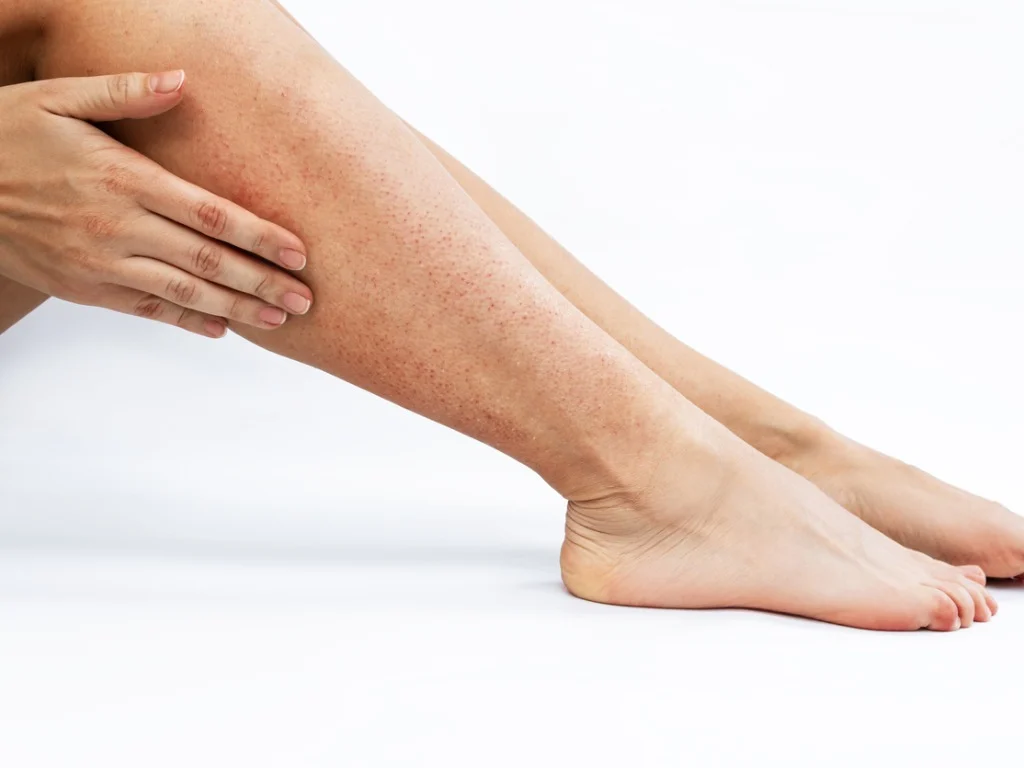
Skin injuries can be extremely painful. Thankfully, we have effective ways to deal with ripped or burned skin from waxing.
The healing process can be divided into two parts: Immediate care and aftercare
1. Immediate Care
This phase focuses on the first-aid measures you should take right after the injury. These steps are for starting the healing process for quick recovery by reducing the pain and preventing infection.
Clean the Affected Area

Remember, the first step in situations involving any injury is cleaning. It goes for superficial wounds like ripped skin from waxing to deep wounds like knife cuts.
Use clean water or isotonic saline solutions to clean a waxing injury. Rinse it in cool running water for a few minutes, or use a gauze pad soaked in saline solution to wipe the wound.
Afterward, pat dry the area with a tissue or clean towel.
Apply Cold Compress
Injuries often come with immediate reactions like swelling or a burning sensation. The best immediate relief for such discomfort is a cold compress.
Take a cloth-wrapped ice pack or even a chilled cloth, and gently press it against the injured skin. Holding it in place for about 10 minutes should suffice.
This not only eases the pain but also minimizes swelling. Do not place the ice directly on the skin to prevent further irritation or potential ice burns.
Use Antibacterial Solutions
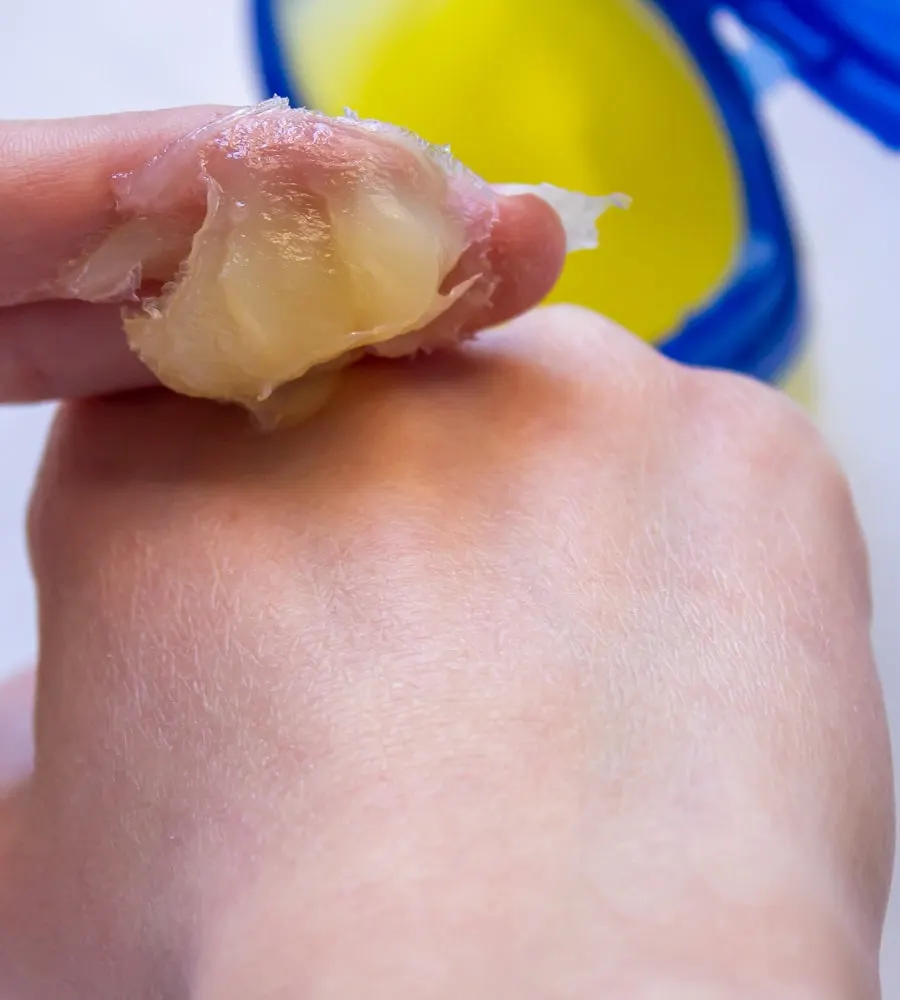
Any ripped skin, no matter how minor it looks is a gateway for bacteria. So, spread a thin layer of antibacterial ointment or petroleum jelly to the wounded skin after the wound is cleaned,
This will create a protective barrier that keeps out contaminants and avoids infections. This step is very important for healing the ripped skin quickly and without any scar. It also keeps other skin issues from waxing, such as folliculitis and boils.
Honey is an excellent natural alternative to over-the-counter antibiotics. On top of its potent antibacterial properties, honey also encourages healing and reduces inflammation.
Cover the Wound
If the injured area is in a location that might rub against clothing or is exposed to dirt, consider covering it with a sterile bandage or gauze.
Using a sterile bandage or gauze can shield the wound from external irritants like dirt and clothing friction. It helps the injured skin to heal faster without unnecessary disturbances.
2. Aftercare
While the immediate care phase sets the stage for quicker healing, aftercare gives a b the process continues seamlessly until full recovery.
This phase ensures the skin returns to its original state without leaving any scar marks while preventing complications.
Keep the Skin Moisturized
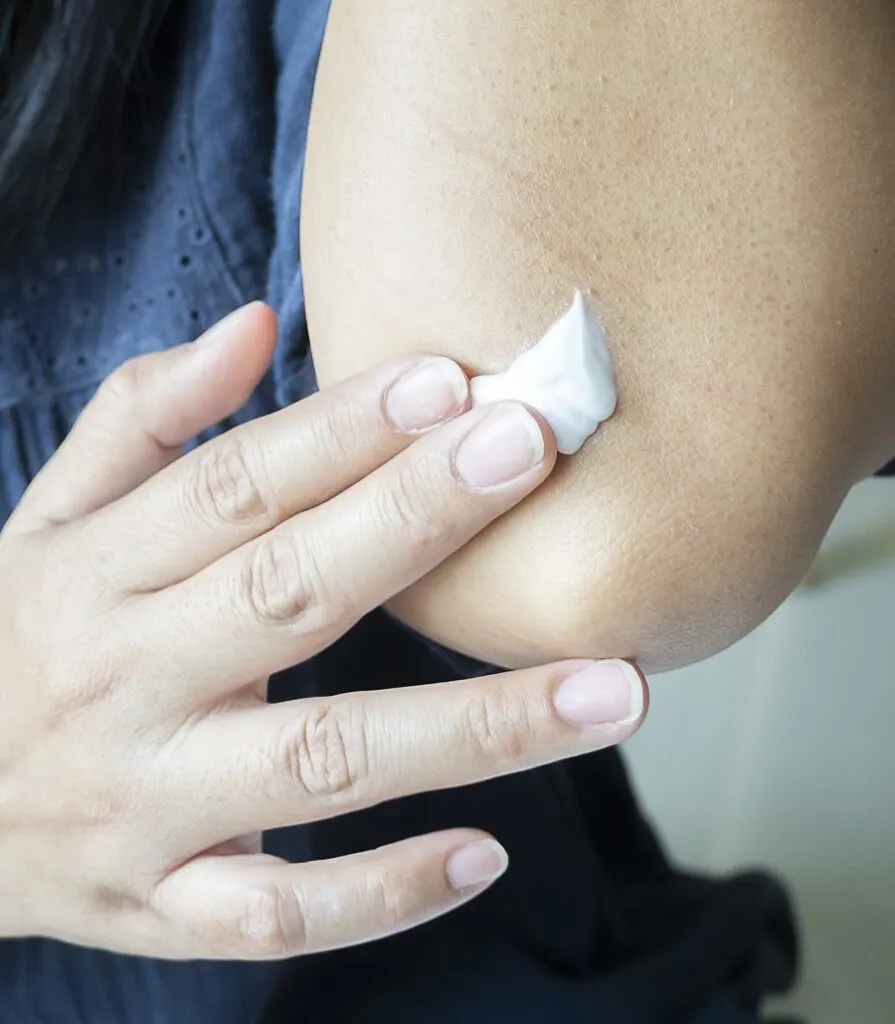
Keeping wounded skin moisturized has a lot of benefits, especially if your wax injury is on the face. For one, moist wound conditions can help accelerate the healing process.
Additionally, wet environments for skin injuries lead to minimal scarring. The wound area is also less likely to swell, which can be uncomfortable for the patient.
That said, use plant-based oils like olive oil or coconut oil for your waxing injuries. These moisturizers act as a barrier protecting the skin from wound complications.
Avoid Sun Exposure
Sun and open wounds are two things you should never mix. Hot temperatures can increase the chances of infection on your skin injury, which may also develop scars from hyperpigmentation.
Shallow skin abrasions from waxing should recover after one to two weeks. It’s best you postpone that sunbathing schedule and avoid the sun altogether while healing.
Prioritize Gentle Care

It’s easy to forget and treat the injured area like the rest of your skin, especially as it starts to heal. However, the newfound skin is fragile.
When cleansing, use mild soaps that do not contain fragrances or harsh chemicals. The water temperature should be lukewarm—neither too hot nor too cold.
Your skin will take its time to heal. So, give your waxing injury as much time as it needs, and your skin should return to normal by itself.
In the meantime, keep yourself hydrated and well-rested. Avoid smoking and drinking alcohol, which can delay your skin’s healing.
Itching and scabbing are also part of the normal recovery process. So whatever you do, don’t scratch or pick the scabs to lessen the risk of wound reopening or scarring.
Avoid Aggressive Skin Treatments
Healing ripped skin from waxing is sensitive and introducing it too soon to aggressive treatments can be very risky.
Whether it’s waxing the surrounding areas, exfoliating, or using skincare products with potent ingredients like retinoids, acids, or even makeup, it’s crucial to wait until the skin has fully recovered.
Prematurely treating the area might not only delay healing but could also lead to secondary issues or worsen scarring.
Monitor for Infections
Even with the best precautions, there’s always a risk of infection. Regularly inspect the area for symptoms such as excessive redness, swelling, warmth, or the presence of pus.
If you notice any of these signs, it’s critical to consult with a healthcare professional.
Maintain Healthy Diet

The skin’s external healing is significantly impacted by internal health. Eat a balanced diet rich in vitamins and minerals that support skin repair, like vitamin C, zinc, and protein, and speed up the healing process.
Drinking plenty of water not only supports overall health but also ensures the skin remains adequately hydrated, facilitating healing.
By treating your skin with the attention and care it needs during the recovery phase, you’re setting the stage for it to heal beautifully, minimizing potential complications or long-lasting scars.
When Should You See a Doctor?
Superficial injuries like waxing burns and skin tearing should heal with time and aftercare. But knowing when you shouldn’t or should see a doctor is still vital.
Seek a healthcare provider’s assistance if you experience these symptoms:
- Continued pain and swelling in the affected area
- Yellow or green liquid appearing and oozing from the wound
- Warm skin surrounding the wound
- Skin healing takes more than two weeks
- Signs of infection, including fever, chills, aches, and foul-smelling pus
Bacterial infection in wounds is a grave issue. Infected wounds can lead to other health issues, such as sepsis if left untreated.
What Causes Skin to Rip From Waxing?
Now it’s time to know why your skin got ripped while you’re waxing. Here are some of the most common causes of this issue:
Incorrect Wax
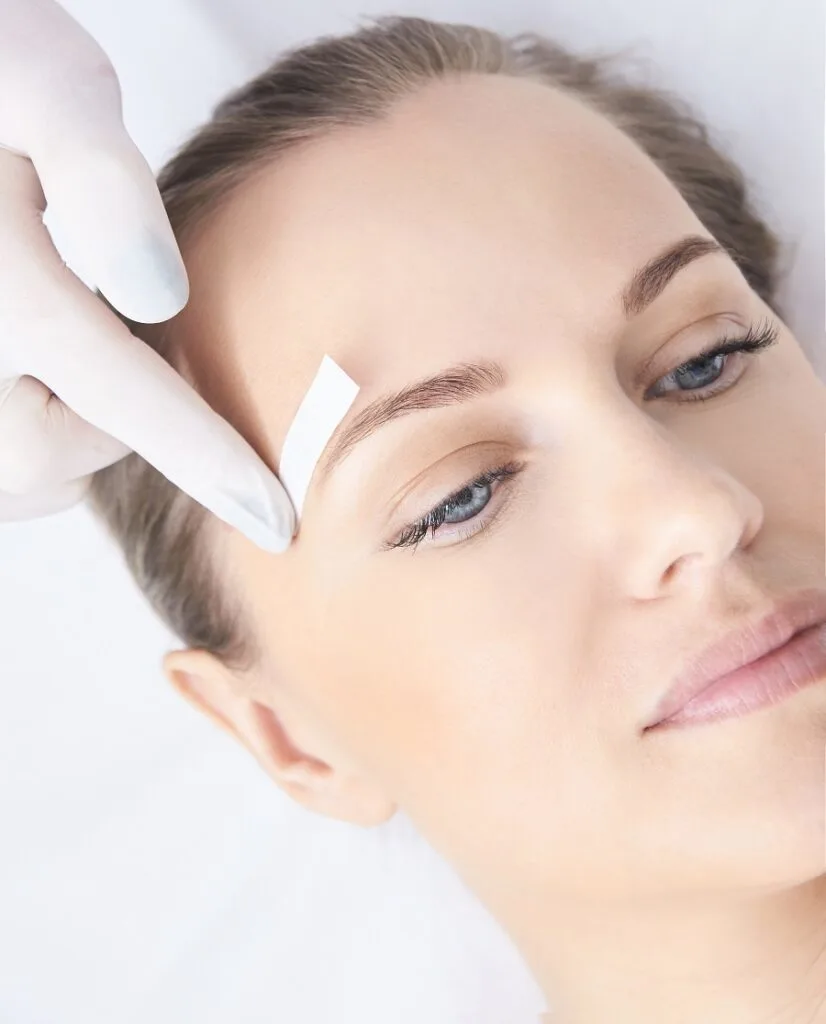
There are different types of waxes for removing hair from different body parts. Using strip wax on sensitive areas, such as the eyebrows and bikini areas, can result in the skin lifting with it.
You see, strip wax is a typical waxing tool for less sensitive areas like the arms, chest, back, and legs. These waxing strips are designed to pull thick and mature hair from its roots.
Because of this, you should avoid using wax strips to remove pubic hair. They’re too sticky that as you pull the wax strip, skin lifts and tears with it.
Skin Routine
Did you apply exfoliants, retinol, or chemical peels on your skin right before waxing? A heavy skin routine is generally a poor idea for anyone planning to wax.
When you wax, a thin layer of the skin naturally comes off with the hair. We call this skin layer the stratum corneum, which is the outermost layer of the epidermis and is composed primarily of dead skin cells.
Exfoliants, retinol, and chemical peels exfoliate the stratum corneum. And while it’s a good practice to encourage healthy skin, it’s a poor idea to do hours or minutes before waxing.
The wax typically sticks fast to the external skin layer and the hairs. But with a thinner stratum corneum, the strip can also stick to some portions of your live skin.
Wax Temperature
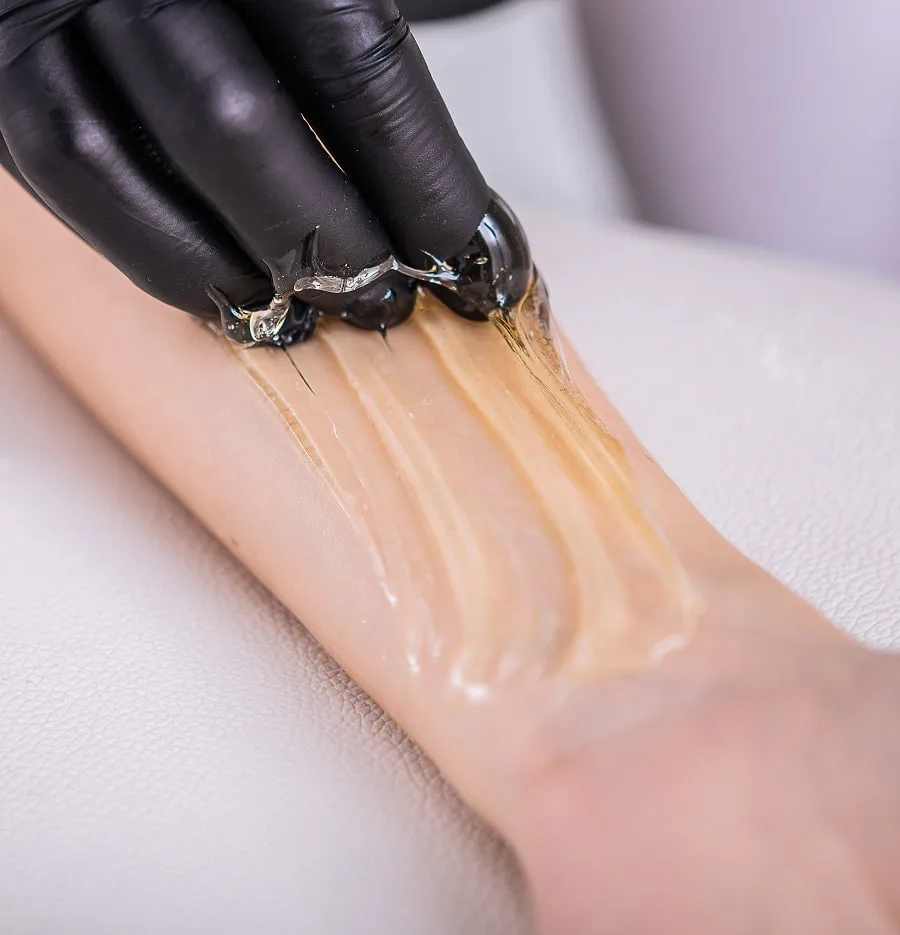
If you microwaved the wax before applying it to your skin, chances are you experienced wax burning that caused the skin to tear. And you’re not alone in this hitch.
Studies have shown that over 38% of people waxing at home experience burning. We’re talking about first or second-degree burns, which are rather painful and can leave a scar if untreated.
Microwave hair removal wax can get extremely hot, and it can heat unevenly. So, the outer layer of the wax material can feel cool to the touch while the inside is piping hot.
One way to prevent skin burning and ripping is to do a small test on areas with thicker skin. Apply a small amount of wax on your wrist to gauge the temperature before proceeding.
The excessive temperature makes the wax stick too tight to both the hair and the skin. This over-adhesion means that when you pull off the wax, there’s a greater force drags the skin along with the hair.
Skin Sensitivity
Another factor that can contribute to skin peeling is your skin’s sensitivity. And some people, especially women, experience hormonal changes resulting in higher skin sensitivity.
Taking certain medications, menstrual periods, and pregnancy can increase some people’s skin sensitivity, which makes the skin more prone to injury. In such cases, it is better to choose a natural hair removal method.
Dry Skin

Believe it or not, the hydration level of your skin plays a significant role in how it reacts to waxing. Dehydrated skin is more likely to get injured, much like dry earth cracks more easily than moist soil.
If your skin lacks moisture, it becomes less pliable. So, when waxing, instead of flexing with the pull, it tends to rip.
Always ensure that your skin is well-hydrated by drinking enough water and using moisturizers before thinking of getting a wax.
Previous Skin Damage
If your skin has suffered damage before, whether from sunburn, cuts, or scrapes, it’s more vulnerable to ripping during waxing. This is because the integrity of the skin has already been compromised, and the healing areas might still be weak.
For example, waxing over a recently sunburned area is a recipe for disaster. The skin there is already inflamed, tender, and damaged. Waxing only adds to the trauma, making skin ripping highly likely.
Not Holding the Skin Taut
A fundamental step in the waxing process is ensuring the skin is stretched tight before pulling off the wax or strip. This simple yet crucial action can make a world of difference.
When the skin isn’t held taut, it can move with the wax, leading to a higher chance of tearing. Especially in areas where the skin is naturally loose, neglecting this step is often a direct ticket to injury.
To put it plainly, not holding the skin tight while waxing is like playing with fire – you’re inviting unnecessary risk.
Neglecting Pre-Waxing Preparations
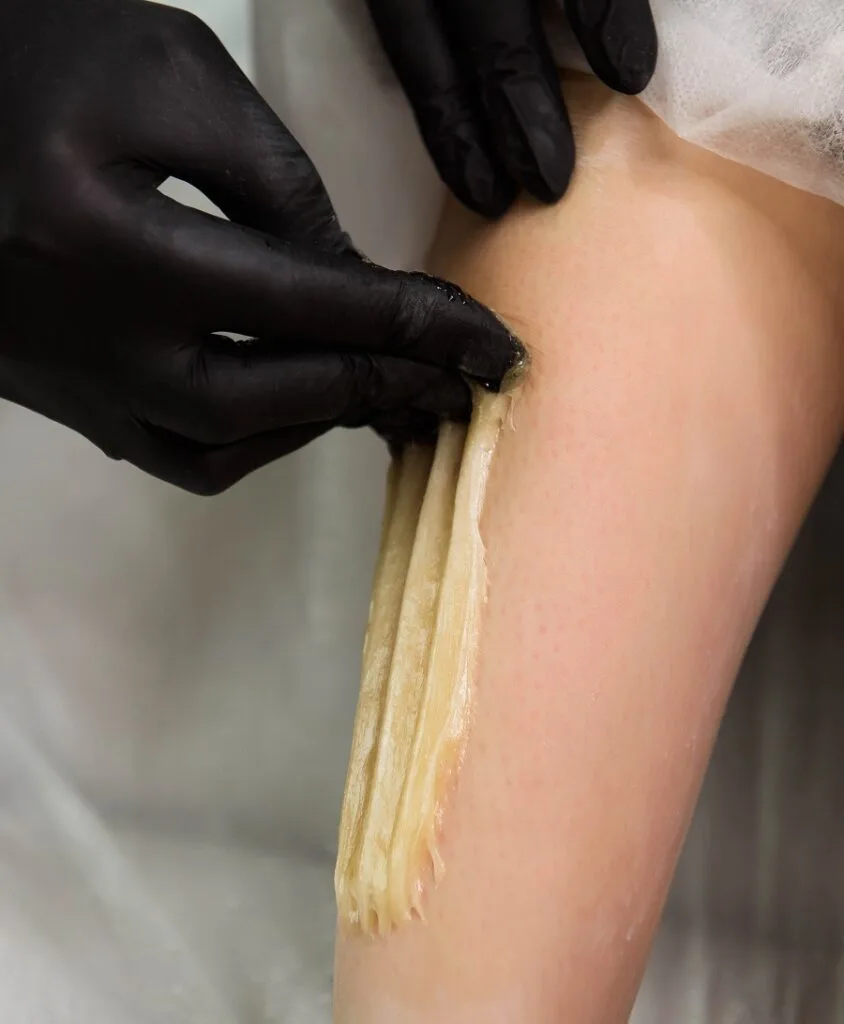
Your skin needs to be in the right condition to withstand the tugging and pulling of waxing. Waxing over moist or unclean skin can spell disaster.
The wax might stick too strongly or unevenly, leading to unpredictable results when it’s removed.
Moreover, if there’s any residue, like lotions or oils, it can act as a barrier, causing the wax to grip the skin instead of the hair.
How to Avoid Skin Ripping From Waxing
Most waxing injuries are the result of poor waxing techniques. Proper skin prepping in the application and removal of wax is essential to prevent skin burns and abrasions.
Prepare and Protect the Skin
DIY waxing sessions often overlook skin prepping and protection. And this step-skipping makes skin injuries more likely to happen.
Before waxing, clean your skin’s pores using gel cleaners. Follow gel cleaner with botanical oil to create a protective layer between the skin and wax.
Experts also recommend exfoliating a day or two before waxing. Exfoliating removes dead skin cells surrounding hair follicles, resulting in a more comfortable waxing session.
Use Peelable or Hard Wax
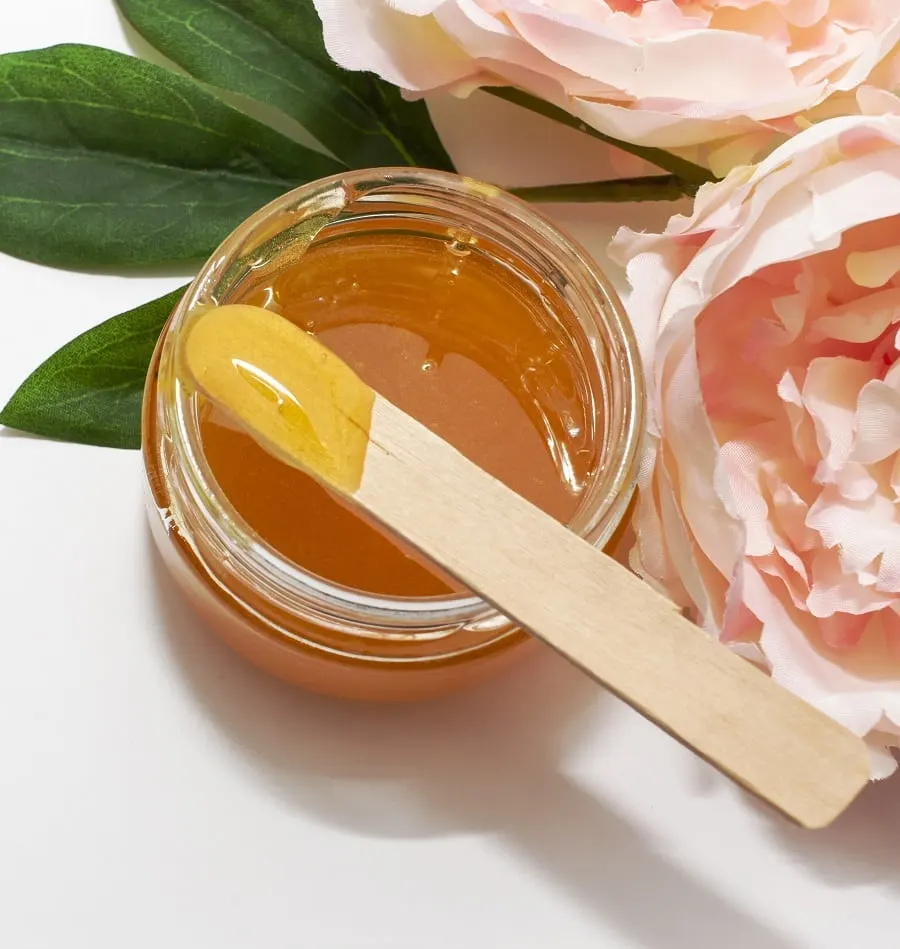
Do you want to clean that facial and bikini hair? Then instead of strip wax, you should use peelable or hard wax.
Unlike strip wax, peelable and hard wax adheres to the hair and not the skin, which saves you from skin injuries. They’re also less painful to apply and remove.
That said, hard wax needs heating, so don’t forget to test the wax temperature before continuing.
Apply Wax Correctly
One tendency for people waxing for the first time is to apply wax haphazardly. However, there’s actually a proper wax application to follow when waxing.
Remember: spread the wax following the hair growth’s direction. Do this step whether you’re using strip or peelable wax.
Stretch Your Target Skin
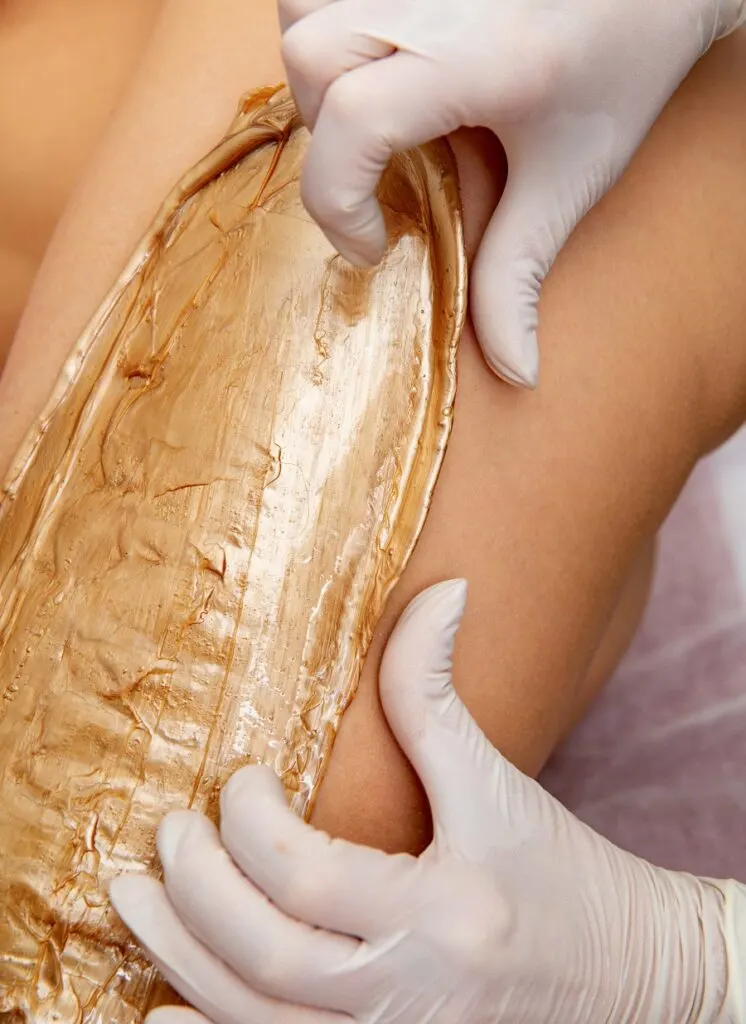
Neglecting skin stretching makes your skin vulnerable to tearing. So, ensure you apply considerable stretch to the skin when applying and stripping the wax.
Taking a bath before your waxing appointment also helps minimize the risk of skin injury. The heat opens the follicle pores, making hair softer to pull.
When pulling the wax, hold your skin taut toward the hair’s direction. Then, using one swift motion, pull off the wax strip opposite the hair growth.
Cut Extra Long Hair
According to the American Academy of Dermatology (AAD), your hair should be around half an inch long for the best waxing results.
While longer hairs are easier to pull, they can be messy and painful. So, trimming your strands to the recommended length can help prevent skin abrasions.
Final Thoughts
Most of us prefer grooming hidden within the privacy of our homes. Waxing is generally safe as long as you follow the right prepping and instructions.
Still, waxing has several painful risks, like skin ripping and burning. So stay careful when you are waxing your skin to avoid redness or ripped skin. If your skin gets ripped follow the immediate care tips to avoid pain and scar.
